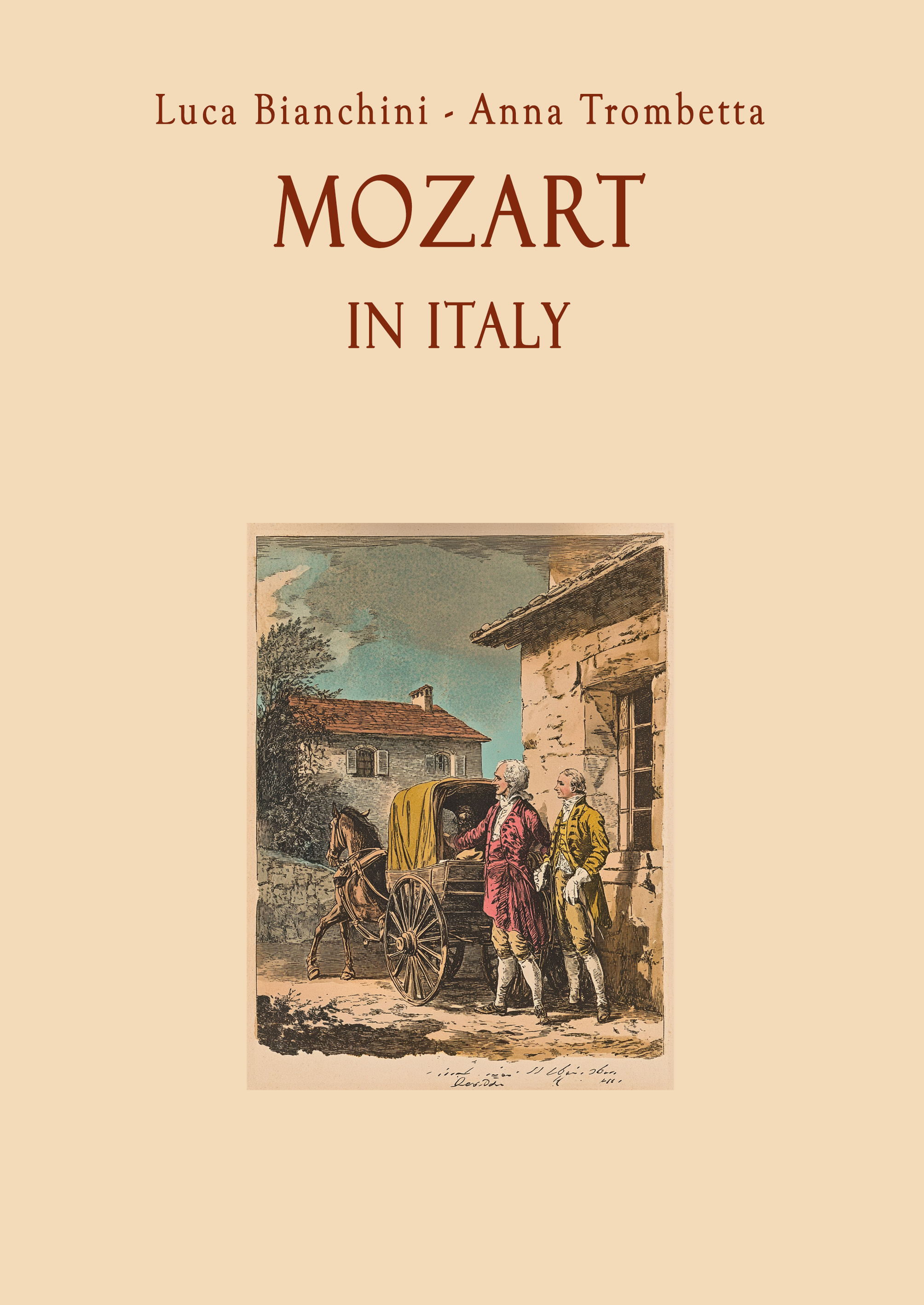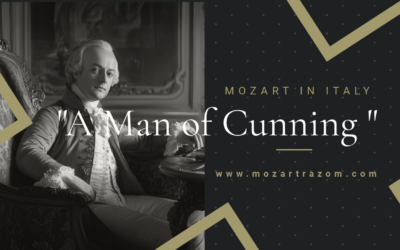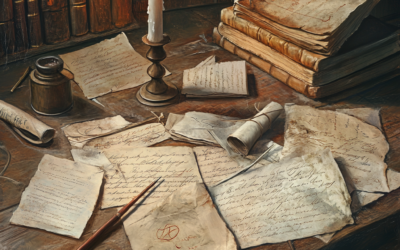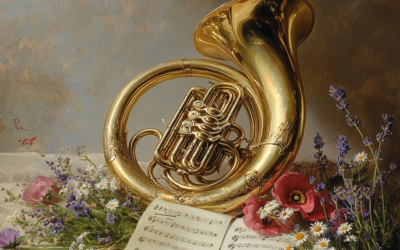Mozart's K 71
A Fragment Shrouded in Doubt and Uncertainty
Mozart’s K 71, an incomplete aria, is yet another example of musical ambiguity. The fragment’s authorship, dating, and even its very existence as a genuine Mozart work remain open to question. With no definitive evidence, how can this fragment be so confidently attributed to him?
Mozart in Italy: The Untold Story
Was Mozart truly a solitary genius, or was he merely the instrument of his father’s ambition? “Mozart in Italy” challenges the conventional narrative, revealing a complex dynamic between father and son that shaped the course of music history. Prepare to question everything you thought you knew.
“In the world of Mozart, certainty is often a luxury we cannot afford.”
Mozart in Italy
Mozart’s K 71, “Ah, più tremar non voglio,” is yet another aria that challenges our understanding of Mozart’s creative process—or, perhaps more accurately, the myth surrounding it. A mere 48-bar fragment, this aria is based on a text by Metastasio from Demofoonte, Act I, Scene 1, yet its attribution to Mozart remains as speculative as ever. Despite being included in the Köchel catalogue, its legitimacy as a work by Mozart is, at best, dubious.
First, there’s the issue of its provenance. No signature or clear indication of the composer exists within the surviving fragment. The only source for the details we have about this piece comes from Johann Anton André, who, in the early 19th century, provided a so-called “completion” of the score. The lack of direct evidence leads us to wonder: if this aria were truly by Mozart, why would he not have signed it as he did with many other works? The absence of Mozart’s autograph casts doubt on its authenticity, yet it continues to be hailed as a Mozart composition in the Köchel catalogue.
Then there’s the troubling issue of dating. Some sources place the aria as contemporary with Lucio Silla (1772), while the Köchel catalogue places it in 1769 or early 1770. The conflicting dates alone should raise red flags. Could Mozart, a composer so meticulous about his cataloging, have forgotten to date this fragment properly? Or are we witnessing a careless inclusion in the canon, more based on the myth of Mozart’s genius than on reliable documentation?
The fragment’s incomplete nature further complicates matters. Only 48 bars remain, suggesting that much of the piece is lost, and the possibility that entire sections of the aria were never written down at all looms large. Furthermore, the aria’s context remains a mystery: was it an unfinished experiment? A discarded attempt at opera seria? Or, perhaps, just a fragment of something more substantial that was never completed or deemed worthy of preservation?
As with many other works attributed to Mozart, K 71 serves as a reminder of how the myth of Mozart often overshadows the reality of his creative output. The incomplete, ambiguous nature of this aria makes us question whether it truly belongs to Mozart at all, or if it’s merely another piece of historical fiction we’ve come to accept because of the composer’s legendary status.
You May Also Like
A Revolutionary Encounter at Cremona Musica
Sharing insights on Mozart and the Neapolitan school at Cremona Musica, the premier global stage for music and culture.
#1 A Man of Cunning
In the end, Leopold Mozart’s life was a testament to survival in a world where his talents were often overshadowed by those of his more gifted contemporaries and his own son. While his “Violinschule” remains a notable contribution to music pedagogy, it is clear that Leopold’s legacy is as much about his ability to navigate the challenges of his time as it is about his musical achievements. His story is one of ambition, adaptation, and the lengths to which one man would go to secure his place in history, even if that place was built on borrowed foundations.
@MozartrazoM
Mozart’s Letters: A Legacy of Disappearances, Edits, and Forgeries
Mozart’s letters reveal missing originals, questionable authorship, and forgeries, adding complexity to his legacy.
The Curious Case of Mozart’s “Lullaby”
Though long credited to Mozart, the lullaby “Schlafe mein Prinzchen, schlaf ein” hides a murky history. Initially published by Nissen, Constanze’s second husband, it has endured as one of Mozart’s supposed works—despite a trail of doubts. In 1798, Constanze herself noted sending “another piece of Mozart’s in place of the lullaby,” raising questions about its origins. By the 20th century, researchers revealed it as the work of lesser-known composers, yet it remains deceptively tied to Mozart, its myth surviving through mere footnotes.
The Contradictions Behind Mozart’s Horn Concerto K.412
The authenticity of Mozart’s Horn Concerto K.412 remains hotly debated, as the work bears numerous contradictions in its manuscript history. The first movement may be original, but what about the rest? The inclusion of Franz Xaver Süssmayr and later editorial meddling raises serious questions about what we are really listening to when we hear this ‘Mozart’ concerto.
The Questionable Attribution of Mozart’s Offertorium K.34
Attributing Offertorium K.34 to Mozart is not just misleading, it reflects the careless methods used by 19th-century scholars to inflate his legacy. Without an autograph or solid evidence, this work should not be considered part of his output.”







